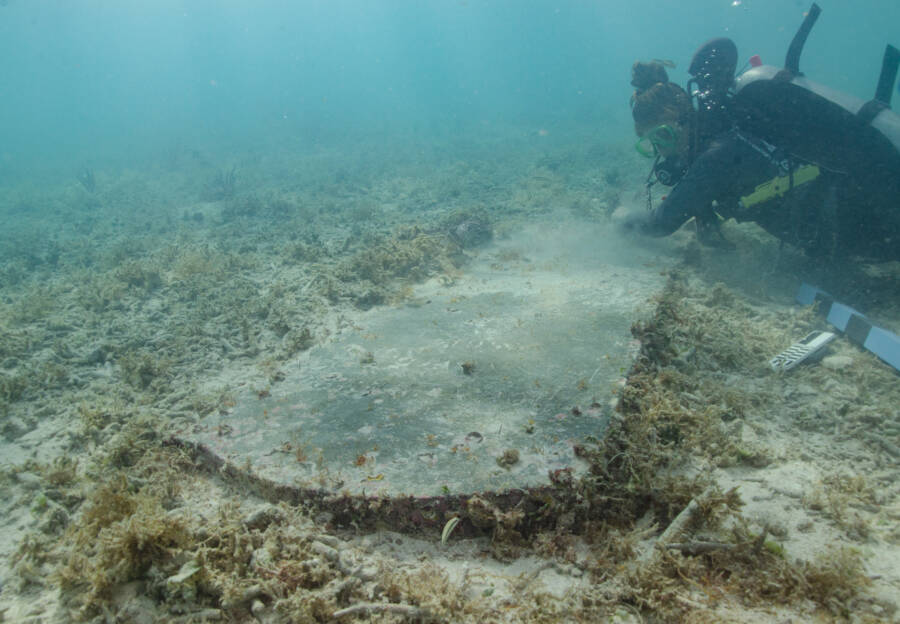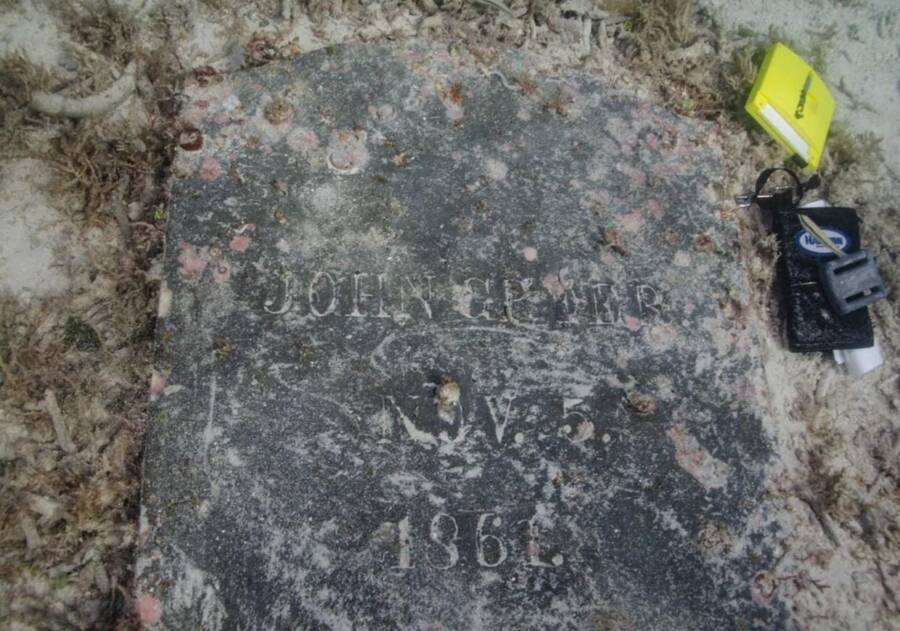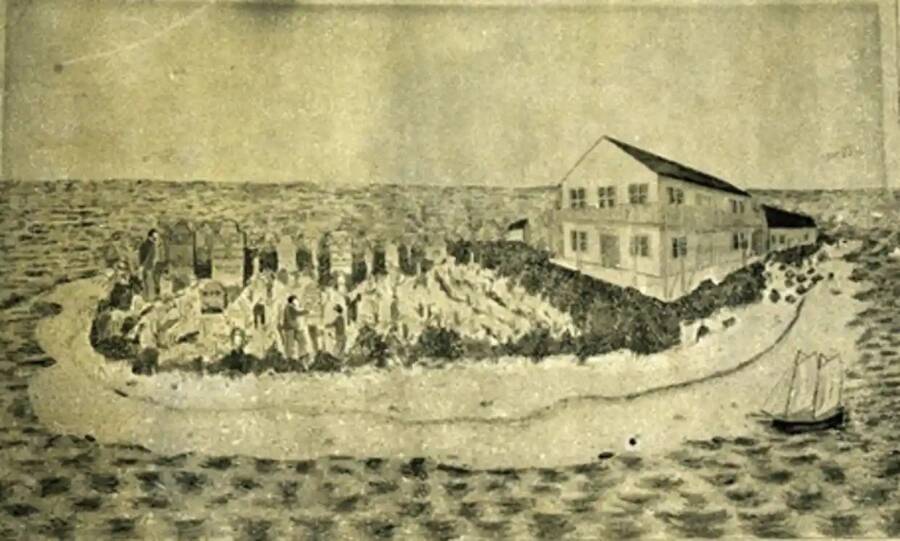Submerged Quarantine Hospital And Cemetery From The 1800s Discovered By Archaeologists In The Florida Keys
The hospital had been used to house yellow fever patients before falling into disuse in 1900, then gradually slipping below the waterline in Dry Tortugas National Park off the coast of Florida.


The Guardian notes that Greer’s grave was made with a large slab of greywacke, which is the same material used on the first floor of nearby Fort Jefferson, a former U.S. military fort off the coast of Florida
For archaeologists, it’s an exciting look at the area’s storied history.This intriguing find highlights the potential for untold stories in Dry Tortugas National Park, both above and below the water,” said Josh Marano, a maritime archeologist for the South Florida National Parks and project director for the survey.ndeed, the waters of Dry Tortugas National Park played a small yet fascinating role in American history. In the early 19th century, the National Park Service writes that the water and islands surrounding Fort Jefferson were used for a “naval coaling outpost, lighthouse station, naval hospital, quarantine facility,” and “for safe harbor and military training.”
The boom in population on these islands also led to a proliferation of diseases, including yellow fever, which is spread by mosquitos. Thus, several quarantine hospitals were constructed to contain the illness before being abandoned in 1900.

National Park ServiceA watercolor painting depicting a quarantine hospital and cemetery on an island in the Dry Tortugas.
Earlier, Fort Jefferson was also used as a prison during the Civil War. Then, it held a number of infamous prisoners, including Dr. Samuel Mudd. After John Wilkes Booth assassinated Abraham Lincoln in April 1865, he sought aid from Mudd for his broken leg. Because Mudd didn’t report Booth to the authorities, he was later found guilty of aiding and conspiring in a murder and was sentenced to life in prison at Fort Jefferson. Mudd was subsequently pardoned by President Andrew Johnson in 1869.
But Mudd is just one of many figures from Fort Jefferson’s past, and archaeologists are hopeful that the discovery of the cemetery and quarantine hospital can help shed light on other, lesser-known stories.
“Although much of the history of Fort Jefferson focuses on the fortification itself and some of its infamous prisoners, we are actively working to tell the stories of the enslaved people, women, children, and civilian laborers,” Marano explained, according to the National Park Service.
He and his team plan to learn more about the other submerged graves near the quarantine hospital. Though just Greer has been identified for now, historical records suggest that dozens of people, including military members and civilians, were buried at Fort Jefferson Post Cemetery.
The stories of their lives — and deaths — will help shed light on this curious slice of American history. For almost 100 years, it’s been hidden beneath the water. But archaeologists hope to bring the story of the Fort Jefferson Post Cemetery and the nearby quarantine hospital to the surface.
After reading about the submerged quarantine hospital and cemetery discovered off the coast of Florida, discover the story of the bubonic plague quarantine center on Poveglia Island. Then, step inside some of the world’s most disturbing abandoned hospitals.
No comments: